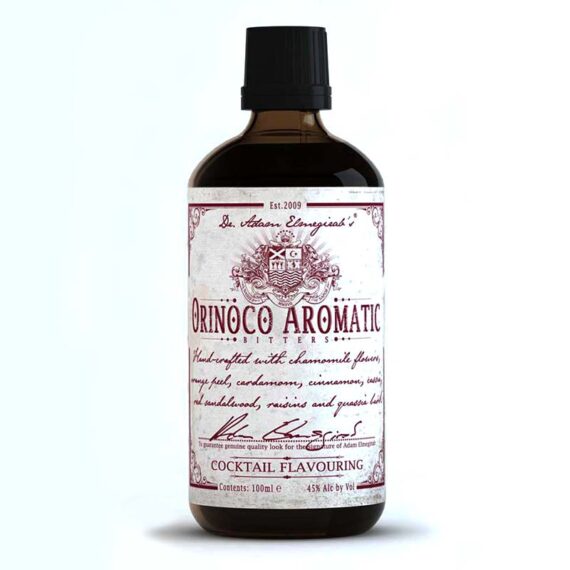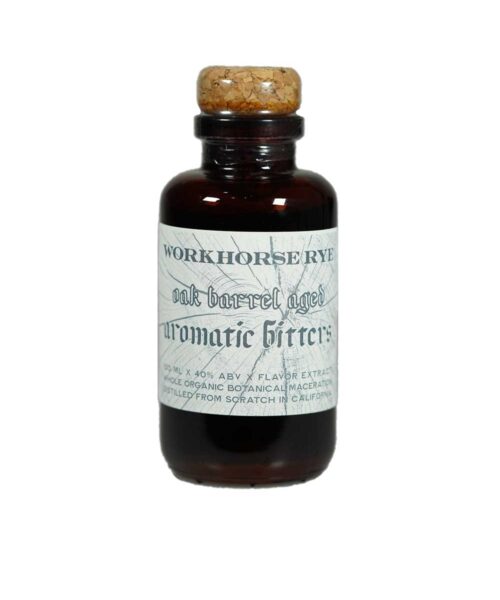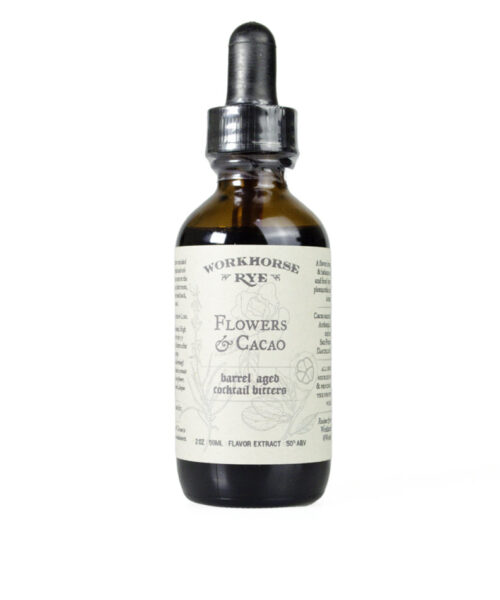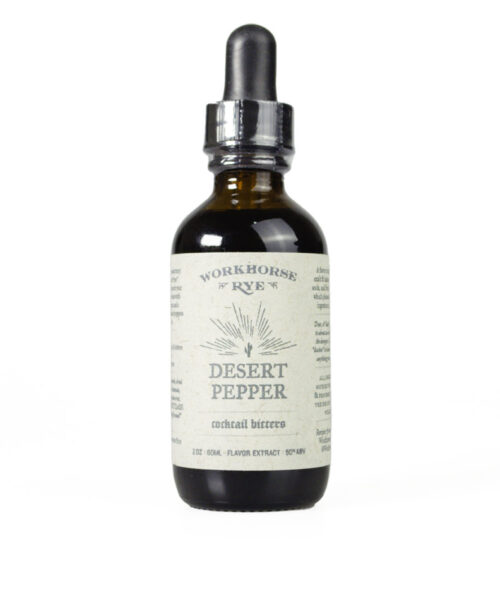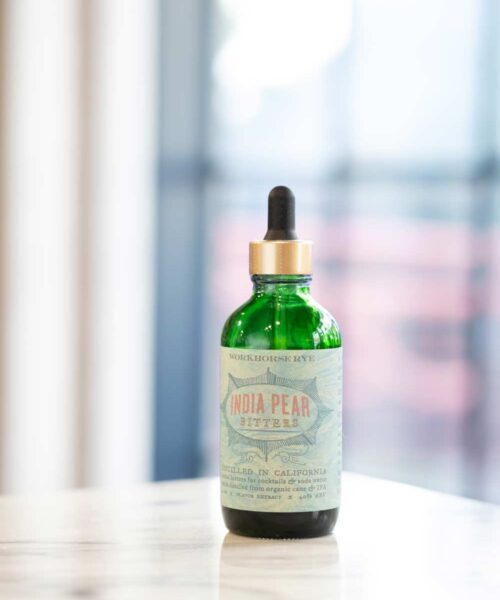Originally produced by the Blemmerg Manufacturing Company in Boston during the late 1800s, Orinoco Aromatic Bitters were the bitters selected to feature throughout George Winter’s book, ‘How to Mix Drinks: The Barkeeper’s Handbook’. In fact it was a full page advert in this aforementioned tome which inspired their creation and subsequent global launch in 2012.
Named after one of the longest rivers in South
America which runs through Colombia and predominantly Venezuela, Orinoco Aromatic Bitters hark back to a bygone era but also embrace modern cocktail culture, giving bartenders the opportunity to recreate former classics but also construct their own.
KEY BOTANICALS
- Quassia bark (Jamaica)
- Dried chamomile flowers (Egypt)
- Dried orange peel (Spain)
- Green cardamom pods (Guatemala)
- Ceylon cinnamon (Sri Lanka)
- Cassia bark (Indonesia)
- Angostura bark (Venezuela)
- Red sandalwood (Gabon)
- Raisins (USA)

